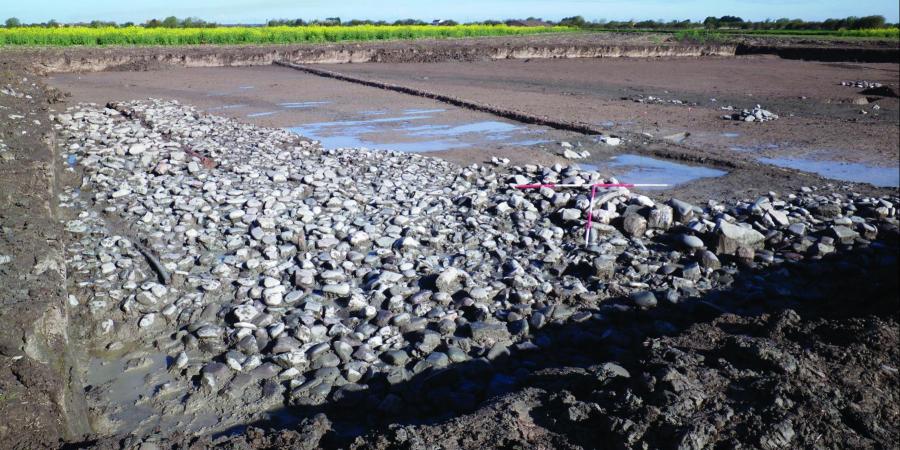Archaeological Investigations at Steart Point
by Lorrain Higbee and Lorraine Mepham
ISBN 978-1-874350-89-7
Archaeological works at Steart Point peninsula, near Bridgwater, have recovered evidence for the exploitation and settlement of the peninsula from the prehistoric period onwards. The results overall fit broad regional patterns of wetland environments in Southern Britain, where phases of land reclamation and climatic amelioration have been key factors in the successful exploitation, occupation and development of these landscapes. These phases of reclamation are strongly linked to the prevailing patterns of associated sea level increases which periodically made coastal wetland landscapes less favourable habitats, the most recent examples occurring in the late Roman to early medieval and late medieval to early post-medieval periods.
A number of significant sites and areas of past human activity and inhabitation from the Iron Age, the Romano-British period, the medieval and early post-medieval periods have been recorded. The results follow broad regional patterns seen in the Severn Estuary Levels, with the more regularly planned farming landscapes and permanent settlement evidence from the Romano-British period onwards, developing from seasonal, episodic exploitation of this resource-rich salt-marsh landscape. It has also highlighted extensive continuities within the Steart Point landscape of land divisions and drainage patterns which have their inception at least as far back as the early medieval period and possibly the Romano-British period.
To read more about the project follow this link
